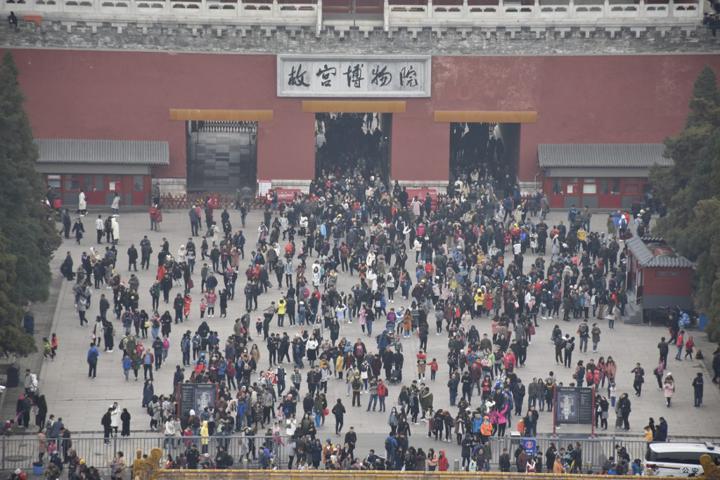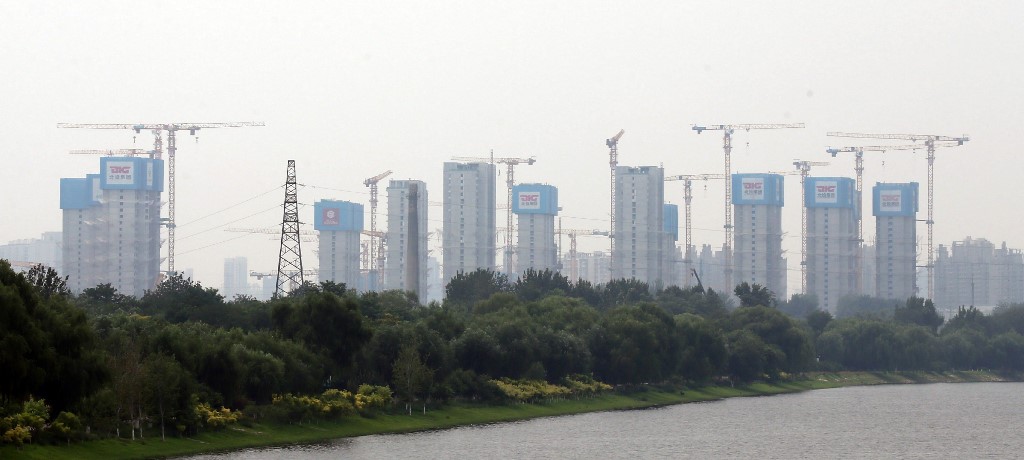(ATF) For many global investors, they perceive investment in Chinese assets as an option, not a necessity. However, that much be changing. Indeed, it must change.
The last couple of years has seen China rise to almost pre-eminent prominence in the global economy if only for the fact that the US President has highlighted China as a significant threat to the US. If it’s worrying for President Trump, it must be the case that China is now the real deal for long-term investment.
The Chinese economy and some senses have come a long way in the past ten years. The marked slowdown in Chinese GDP growth rates of 10%+ post the global financial crisis reflects a maturity that should encourage global investors to commit to the country’s asset markets for the long haul.
Although China deflected a great deal of criticism about its initial response to Covid-19, the crisis has also enabled it to show a maturity of policymaking that some have come to (reluctantly) admire.
Economic data for the second quarter is very telling in respect of how China has handled the economic fallout from the Covid-19 crisis in sharp contrast to the dysfunctional policymaking in the United States. While the US is likely to report a 30% annualised fall in second-quarter GDP growth, recently China reported Q2 quarterly annualised growth of 56.5%. Chinese growth was not just impressive in scale but also breadth. Economists now expect the level of Chinese GDP to be back to normal by the end of the year.
While the United States struggles with ever-higher cases of coronavirus, China has squeezed down its Covid-19 cases to near zero.
Chinese workers have managed to get back to work far quicker than their counterparts in the West. The (official) nationwide urban unemployment rate fell to 5.7% in June from 5.9% in May. The combined labour market under-utilisation ratio dropped from the crisis level of 30.3% in March to just 7% in June.
Activity across every sector may not yet be quite back to the levels pre-crisis, they are, however, substantially better than that reported in most other parts of the world. Passenger flights are at 65% of pre-crisis levels and of freight at 92%. Auto sales have moved back to a record high.

Tourists flock to the Palace Museum in Beijing after a 177-day shutdown when indoor exhibitions reopened on 21 July 2020. Photo: Qing Chun / Imaginechina via AFP.
Targeted response
We also note that government support for the economy is more measured than in the past. Unlike the ‘throwing cash at the problem’ policies of the global financial crisis, support has been far more targeted and with a good measure of reform. To be sure the country still has debts to work down and efficiencies to be achieved in the state sector. Nevertheless, recent economic policymaking has been less reactionary and with better focus.
A maturing economy often throws up the image of something that is going into decay; however, China is far from decaying. A growth rate in a range of 4-6% is achievable, even if demographics are partly working against the economy. The ongoing deepening of wealth in the economy and sheer scale of maturing of sectors such as finance and technology offers substantial growth opportunities.
For investors to play the growth of China, the local asset markets offer far more options than they did in the past. We hear too many investors complain about the small scale of the markets, but it can only grow as it does in any economy that emerges and approaches ‘developed’ status.
Equity market underdeveloped
For an economy, the size of China, the equity market is very underdeveloped and should have considerable growth ahead of it. Economists estimate that only around 5% of total corporate financing is funded by equity in China. Companies typically turn to the banks and retained earnings to fund the growth of their businesses.
In the United States, around 50% of the population owns equities whereas in China the number is about 7%. International investors have significantly underweighted the Chinese equity market.
Many international investors follow indices such as MSCI to benchmark their weighting in any particular equity market. Today MSCI indices include Large-cap A and Midcap A shares at only 20% of their free float-adjusted market capitalisation.
It might be fanciful to suggest that China displaces the United States as the largest equity market in the world. However, I’m reminded that Japan’s ultimate demise came when the Japanese equity market peaked at just over 60% weighting in MSCI equity indices. The US equity market is today at a weighting of over 60% of the MSCI global index.
Covid accelerating investment flow to the East
In our view, Covid-19 has only accelerated the trend of investment flows towards the East and away from the West. The broken economic models of the West with slowing growth, high government indebtedness and huge contingent liabilities contrast with eastern economies that have inherent growth through economic and financial development.
To be sure, the West will put up a fight but the absolute scale today of China and India in the global economies marks them as parties that you cannot write off.
The United States may continue to put up the barriers to the east but if US companies don’t have access to the enormous scale of Chinese consumption, or Indian infrastructure projects they will be surely missing out. Also, the US government has struggled to get anything like the kind of support for its recent trade wars with China that it might ordinarily have expected from its ‘partners’.
Covid-19 may have finally broken the back of the very long-held belief that the US is the omnipotent economic power that deserved an inordinate share of any global asset allocation.
The growing chasm between growth rates in China versus the United States suggests that investors will increasingly realise that they cannot just invest fleetingly in Chinese asset markets. Indeed, it is no longer fanciful to believe that they may offer a potential safe harbour for the future as the West wrestles with its anaemic economic growth and high indebtedness.
Gary Dugan is a seasoned investment professional with 38 years’ experience working in Managing Director roles at some of the world’s leading banks and wealth managers. He is currently the CEO of Purple Asset Management based in Singapore. See: https://www.thegcio.com/
























